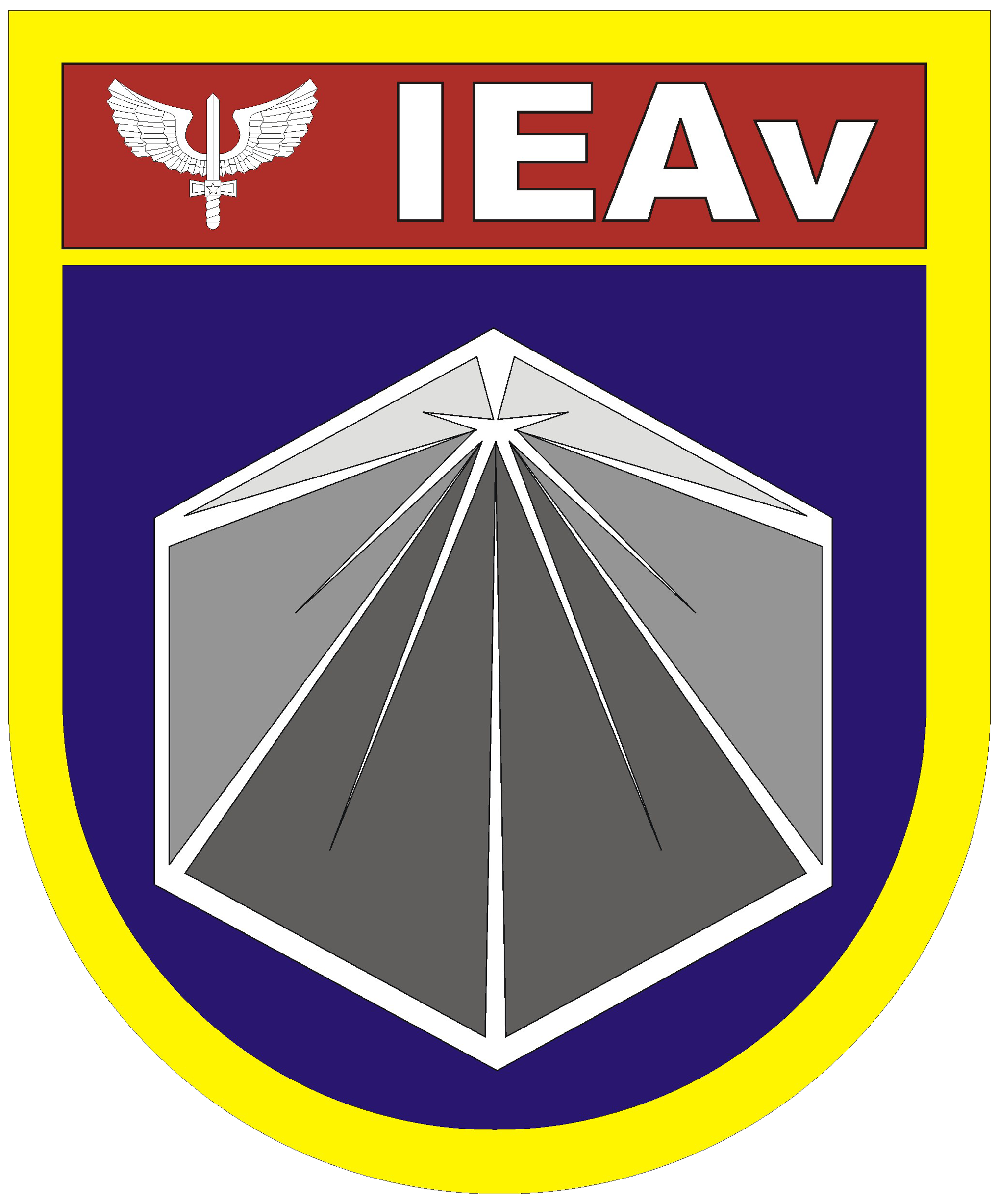
Released Note - Radiation Environment Platform v1.90 Alpha

ROUTE EDITION
- Intuitive Graphical Interface: A user-friendly interface optimized for flexibility, offering smooth and effortless navigation without requiring real-time GPS data, relying instead on elapsed time from the last flight level.
- Informed Travel Decisions: Precisely calculates effective dose rates and ambient dose equivalent rates for any flight route between selected airports, enabling users to make well-informed travel choices based on ionizing radiation exposure.
- Accrued Radiation Exposure History: Tracks and displays the user's accumulated ionizing radiation exposure based on their history of using the tool, allowing for ongoing monitoring and comparison of exposure levels over time.
- Custom Date Selection: Allows users to select a specific date for the calculations, offering flexibility for different flight scenarios, including the ability to estimate radiation exposure for travels dating back to April 1964.
- Altitude Customization: Supports the selection of up to 10 altitude levels during the route for more precise radiation exposure analysis.
- Time-of-Climb (TOC) and Time-of-Descent (TOD) Configuration: Allows customization of aircraft ascent and descent times, enabling more accurate radiation exposure calculations based on specific flight profiles.
SCIENCE EDITION
- Localized Dose Calculation: Calculates effective dose rates and ambient dose equivalent rates for a specific geographical location, ensuring accuracy in radiation assessment.
- Custom Date Selection: Allows users to select a specific date for the calculations, offering flexibility for different flight scenarios, including the ability to estimate radiation exposure for travels dating back to April 1964.
- Multi-Physics Transport and Interaction Options: Choose from various multi-physics transport and interaction models, including the Bertini Intranuclear Cascade Model (BERT), Binary Cascade Model (BIC), and Intranuclear Cascade Liege Model (INCLXX) for low-energy particle transport and secondary particle propagation in nuclear interactions. These are combined with the QGS model to simulate high-energy secondary interactions, ensuring accurate simulations of particle transport, energy deposition, and secondary particle generation across a range of energy scales.
- Geo-Position Input Methods: Provide retrieval of WGS84 position through three input methods, offering flexibility for various users: (1) GPS device coordinates (latitude and longitude); (2) Postal address obtained via the Google OpenStreetView API; (3) ICAO-24 bits retrieved from ADS-B and/or Model S Transponder data using the OpenSky Network API.
- Particle Distribution Modeling: Estimates the angular and energy distribution of 10 types of particles (protons, alphas, neutrons, electrons, positrons, photons, muons+, muons-, pions+, and pions-) for altitudes ranging from sea level to 80 km, offering detailed radiation data.



